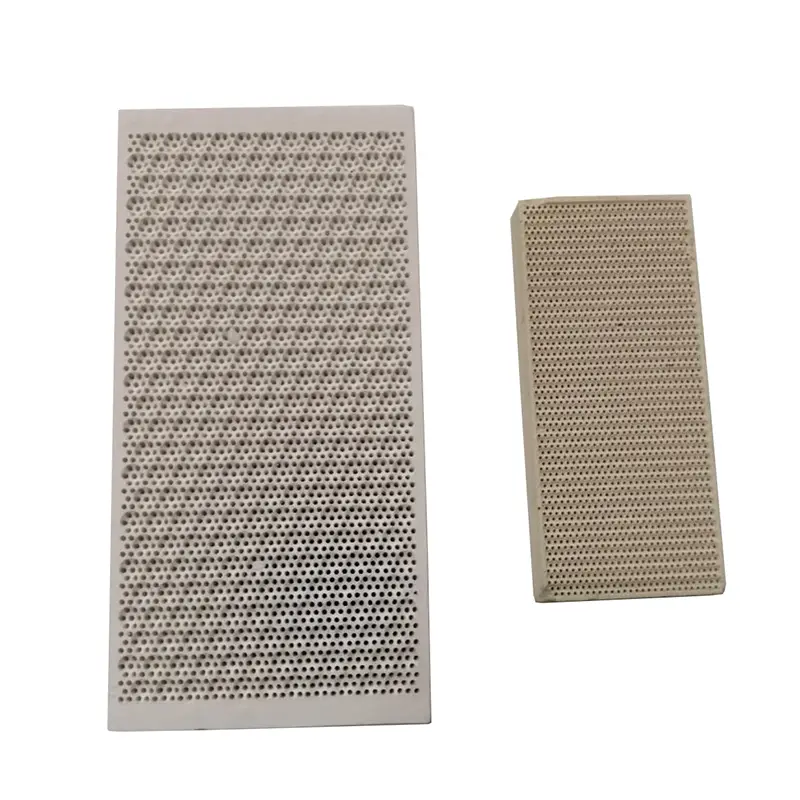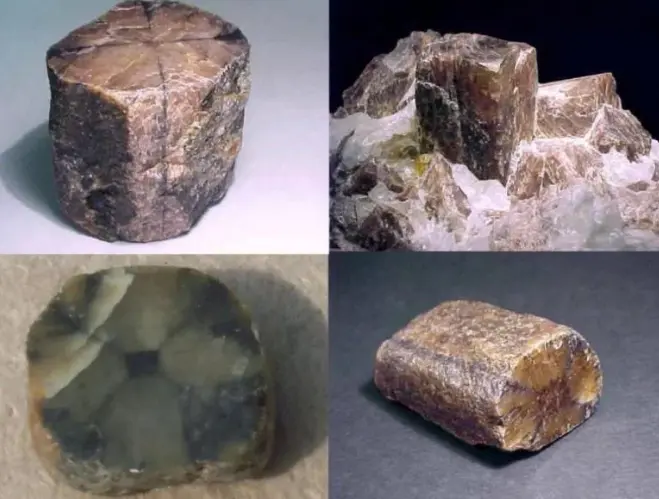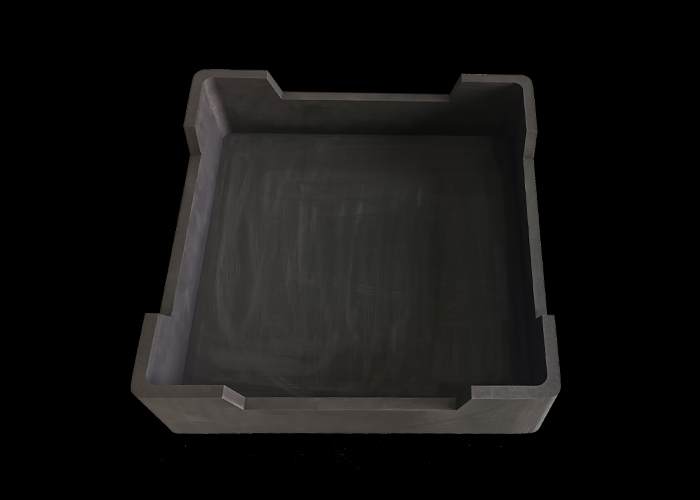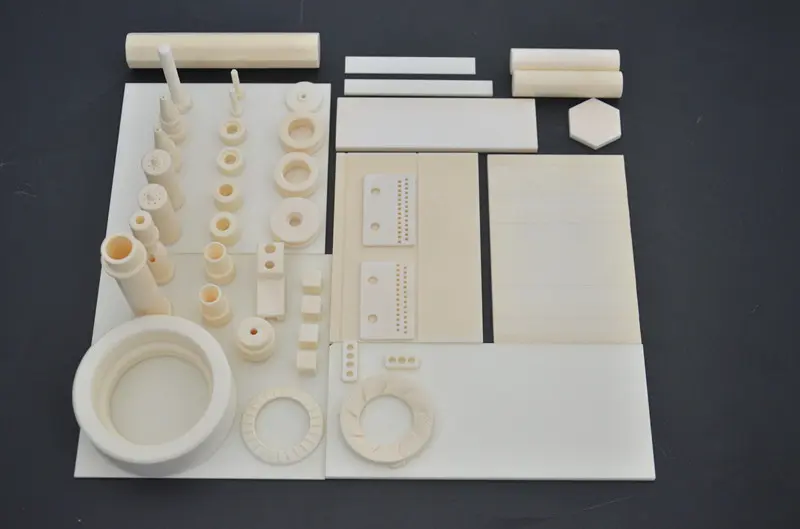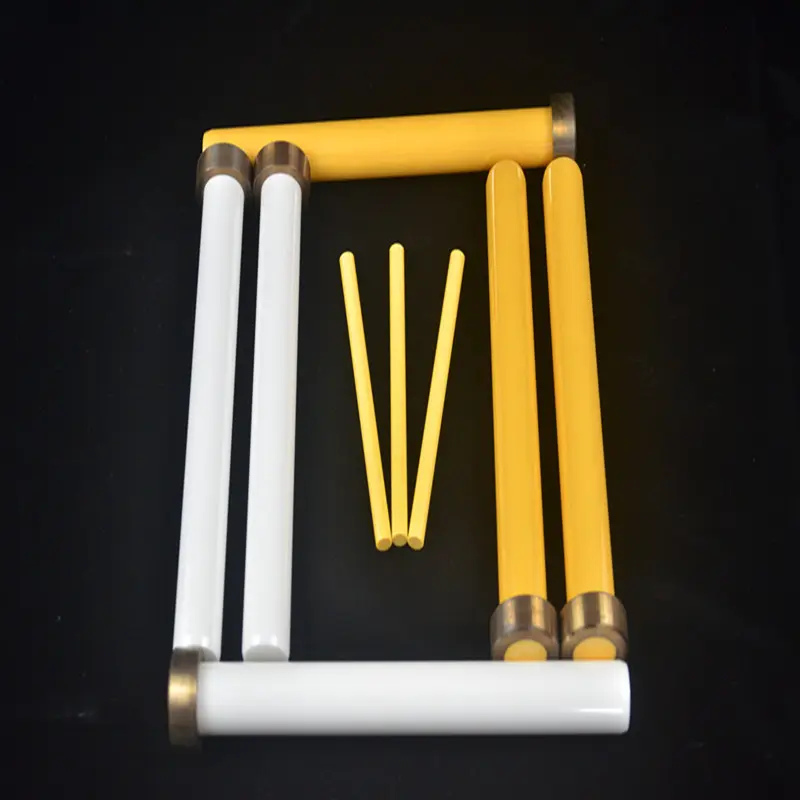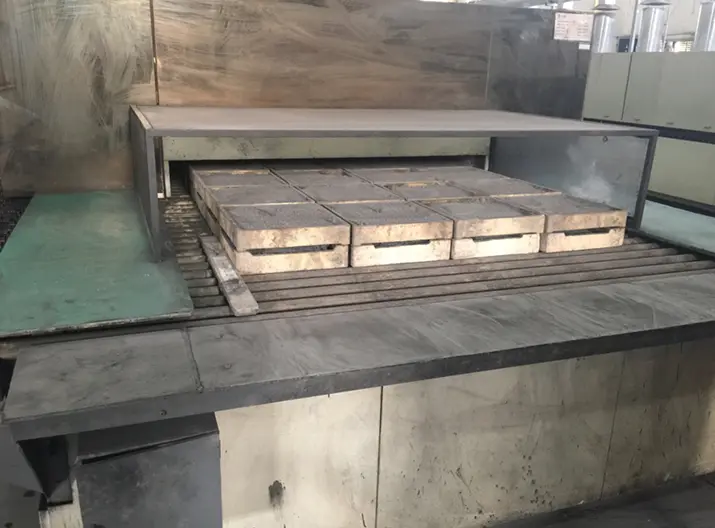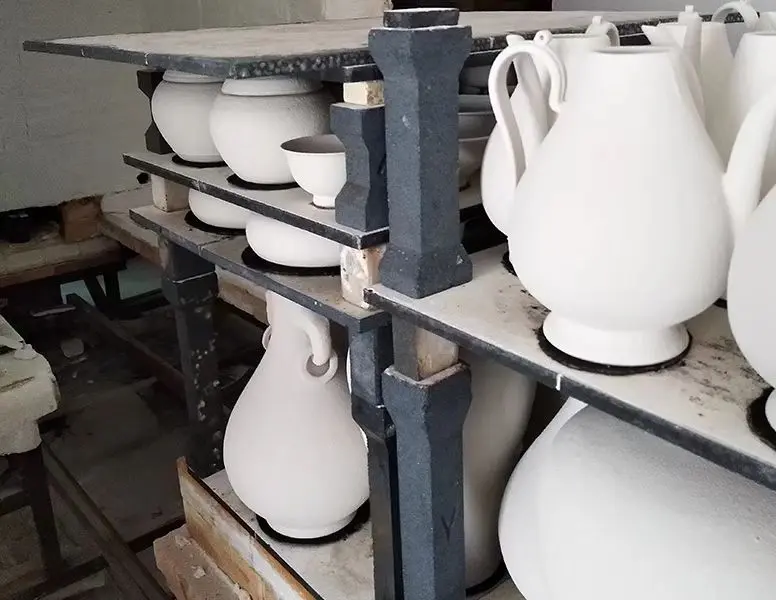Industrial Ceramics: Types and Applications
Types of Industrial Ceramics
Industrial ceramics can be broadly classified into several categories based on their composition and properties. The main types include:
1. Traditional Ceramics
Traditional ceramics are primarily composed of clay and are often used in the production of pottery, bricks, and tiles. While they are not as advanced as other types of industrial ceramics, they still play a significant role in construction and decorative applications. Their properties include good thermal insulation and aesthetic appeal, making them suitable for various architectural uses.
2. Advanced Ceramics
Advanced ceramics, also known as Technical Ceramics, are engineered materials designed for specific applications. They are typically made from pure and refined raw materials, resulting in superior mechanical and thermal properties. Advanced ceramics can be further divided into several subcategories:
-
Oxide Ceramics: These include materials like alumina (Al2O3) and zirconia (ZrO2). Oxide ceramics are known for their excellent thermal stability, corrosion resistance, and electrical insulation properties. They are commonly used in applications such as cutting tools, wear-resistant components, and insulators.
-
Non-Oxide Ceramics: This category includes carbides, nitrides, and borides. Non-oxide ceramics are known for their high hardness and thermal conductivity. Silicon carbide (SiC) and boron carbide (B4C) are examples of non-oxide ceramics used in abrasive applications, armor materials, and high-temperature components.
-
Composite Ceramics: These materials combine two or more different ceramic phases to enhance specific properties. For instance, ceramic matrix composites (CMCs) are designed to improve toughness and thermal shock resistance, making them suitable for aerospace applications.
3. Bioceramics
Bioceramics are a specialized class of ceramics designed for medical applications. They are biocompatible, meaning they can interact safely with biological systems. Common types of bioceramics include hydroxyapatite, which is used in bone grafts and dental implants, and bioactive glass, which promotes bone regeneration. Bioceramics are essential in orthopedic and dental applications, providing solutions for repairing and replacing damaged tissues.
4. Electrical Ceramics
Electrical ceramics are materials that exhibit specific electrical properties, making them suitable for electronic applications. These ceramics can be insulators, conductors, or semiconductors. Common examples include:
-
Dielectric Ceramics: Used in capacitors and insulators, these materials have high dielectric constants and low loss factors. Barium titanate (BaTiO3) is a widely used dielectric ceramic.
-
Piezoelectric Ceramics: These materials generate an electric charge in response to mechanical stress. They are used in sensors, actuators, and ultrasonic devices. Lead zirconate titanate (PZT) is a well-known piezoelectric ceramic.
Applications of Industrial Ceramics
The unique properties of industrial ceramics make them suitable for a wide range of applications across various industries. Here are some notable applications:
1. Aerospace Industry
In the aerospace sector, advanced ceramics are used for components that must withstand extreme temperatures and harsh environments. Ceramic matrix composites (CMCs) are employed in turbine engines, providing lightweight and heat-resistant solutions. Additionally, thermal barrier coatings made from zirconia ceramics protect engine components from high temperatures.
2. Automotive Industry
Industrial ceramics play a significant role in the automotive industry, particularly in the production of components that require high wear resistance and thermal stability. Examples include brake pads, spark plugs, and engine components. Ceramics are also used in catalytic converters to reduce emissions, as they can withstand the high temperatures generated during the combustion process.
3. Electronics Industry
The electronics industry relies heavily on electrical ceramics for various applications. Dielectric ceramics are used in capacitors, while piezoelectric ceramics are found in sensors and actuators. Additionally, ceramics are used in insulators for high-voltage applications, ensuring the safe operation of electrical systems.
4. Medical Applications
Bioceramics have revolutionized the medical field, providing solutions for bone and dental repairs. Hydroxyapatite coatings are used on implants to promote osseointegration, while bioactive glasses stimulate bone growth. The biocompatibility of these materials makes them ideal for use in surgical implants and prosthetics.
5. Wear-Resistant Applications
Due to their hardness and wear resistance, industrial ceramics are widely used in applications that require durability. They are employed in cutting tools, grinding media, and wear-resistant linings for machinery. Their ability to withstand abrasive conditions makes them essential in mining, manufacturing, and processing industries.
Conclusion
Industrial ceramics are a diverse and essential category of materials that have transformed various industries. From traditional ceramics used in construction to advanced ceramics employed in aerospace and medical applications, their unique properties enable innovative solutions to complex challenges. As technology continues to advance, the development of new ceramic materials and applications will likely expand, further solidifying the role of industrial ceramics in modern manufacturing and technology.


